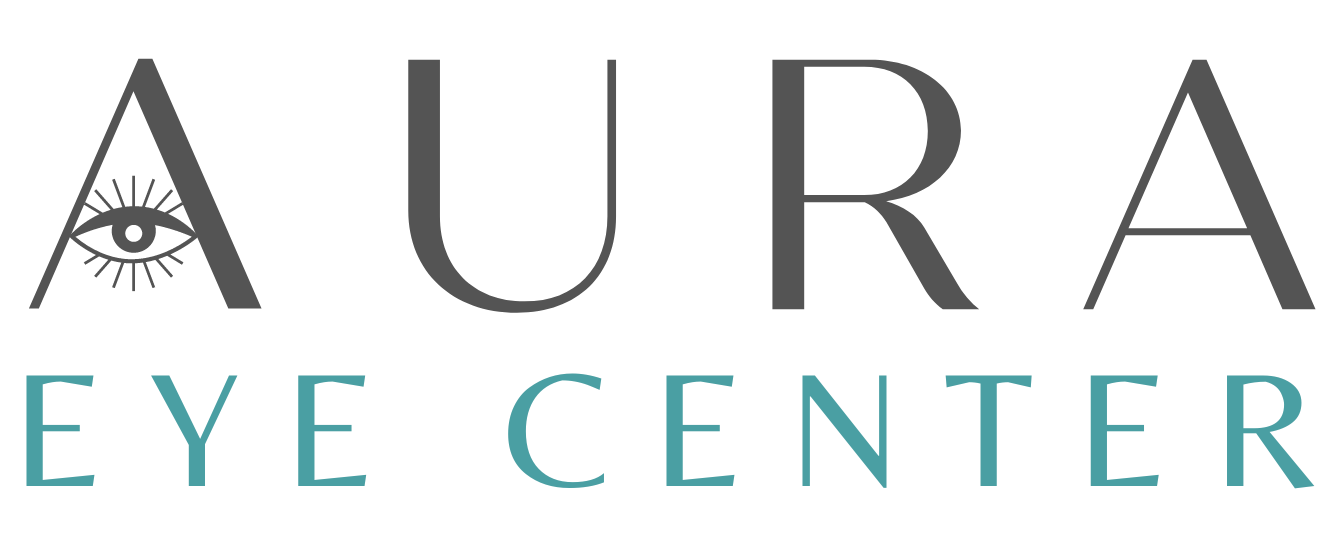Foreign body removal by an optometrist is a common procedure performed to remove foreign objects that have become lodged in the eye or on the surface of the eye. Foreign bodies can include particles such as dust, metal shavings, wood chips, sand, or other debris that accidentally enter the eye.
Here is a step-by-step description of the foreign body removal process:
1. Initial Evaluation: The optometrist will begin by examining the patient’s eye to assess the nature and location of the foreign body. They may use a slit lamp microscope to get a magnified view of the eye’s structures.
2. Numbing Eye Drops: Before the removal procedure begins, the optometrist will administer topical anesthetic eye drops to numb the surface of the eye. This is done to minimize discomfort during the removal process.
3. Irrigation: In some cases, the optometrist may use a gentle stream of sterile saline solution to irrigate the eye. This can help flush out small foreign particles or debris.
4. Magnification and Specialized Tools: The optometrist will use high-powered magnification, typically through the slit lamp microscope, to get a better view of the foreign body. They will use specialized tools, such as a sterile cotton swab or a small instrument called a spud, to carefully remove the foreign object.
5. Gentle Manipulation: The optometrist will perform the removal with steady hands, gently manipulating the foreign body to dislodge it from the eye’s surface. Care is taken to avoid any additional damage to the eye during the process.
6. Complete Removal: Once the foreign body is successfully removed, the optometrist will examine the eye again to ensure that no remnants of the foreign object are left behind.
7. Post-Procedure Care: After the removal, the optometrist may prescribe antibiotic eye drops or ointment to prevent infection and aid in the healing process. They will also provide instructions on how to care for the eye in the following days.
8. Follow-up: Depending on the severity of the foreign body and the patient’s condition, the optometrist may schedule a follow-up appointment to monitor the eye’s healing progress and ensure there are no complications.
It is important to seek immediate professional care from an optometrist if a foreign object enters the eye, as attempting to remove it yourself may cause further injury or complications. Optometrists are trained to perform foreign body removal safely and efficiently, minimizing discomfort and reducing the risk of eye damage or infection.

It’s helpful to have a provider who is thorough both in the office visit and the follow up contact. I’ve already recomended this place to friends and family.
Dawson Myers